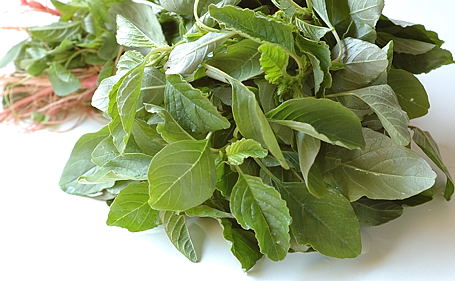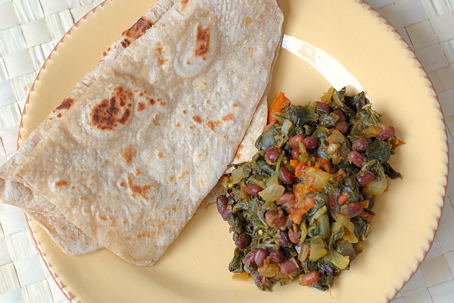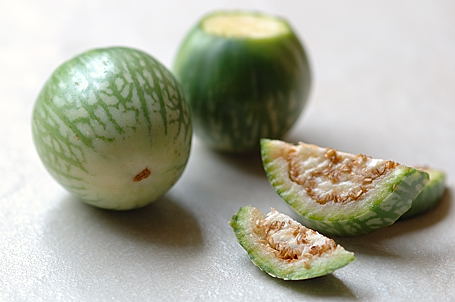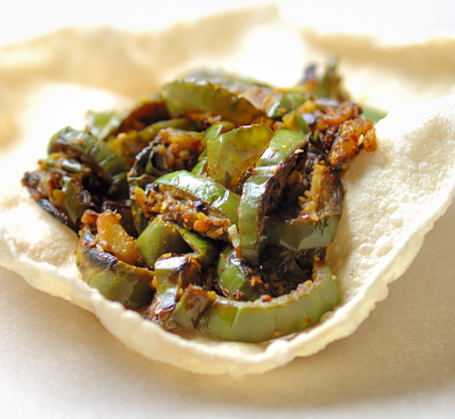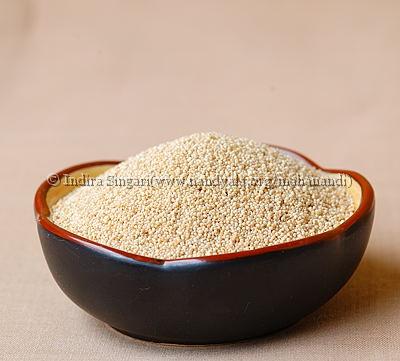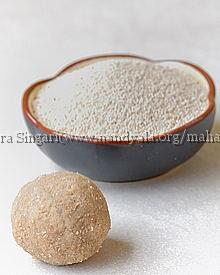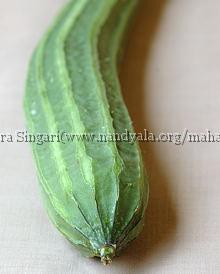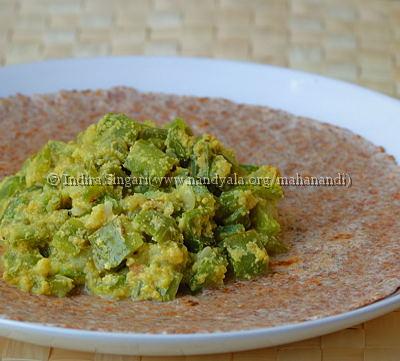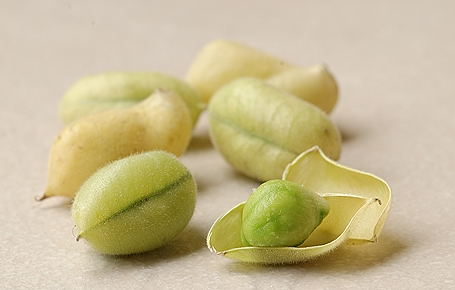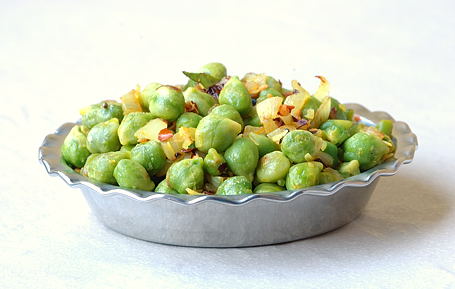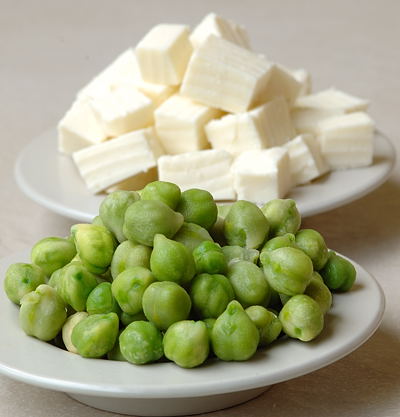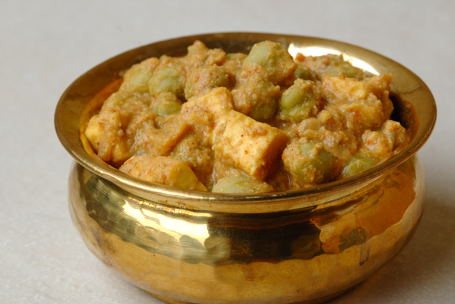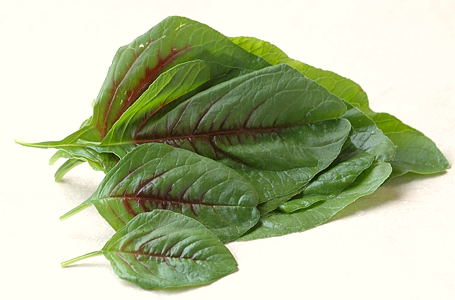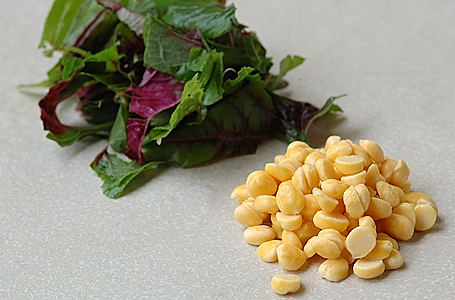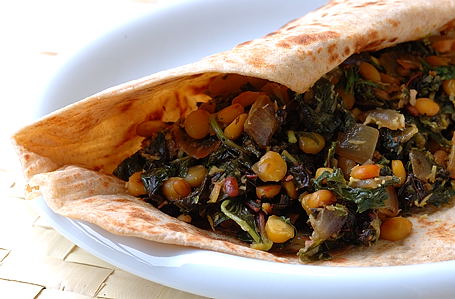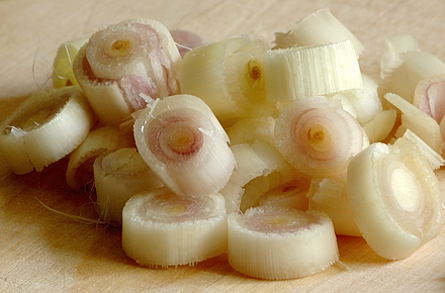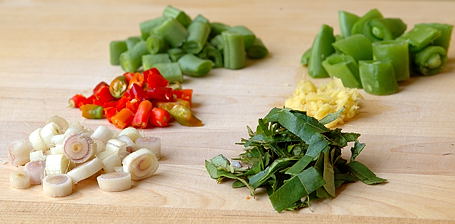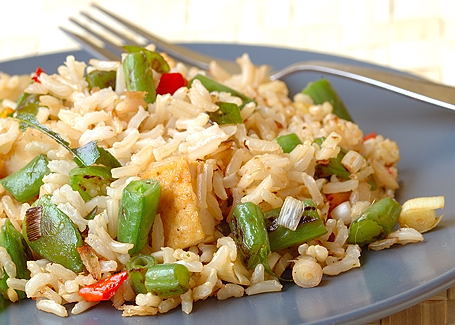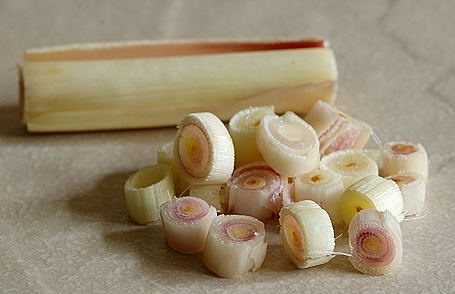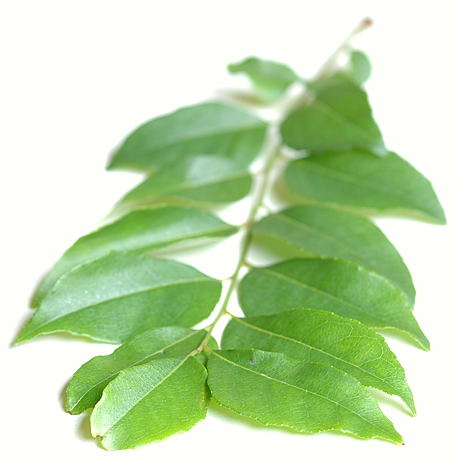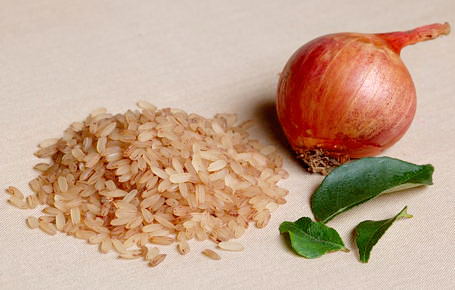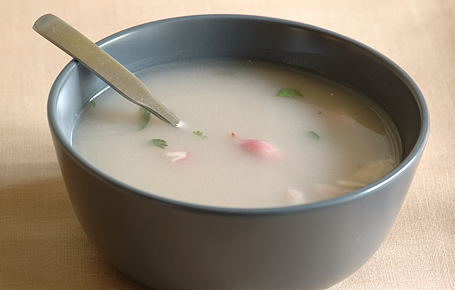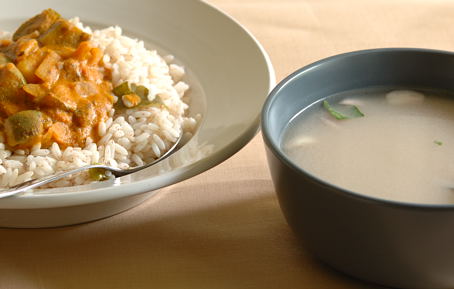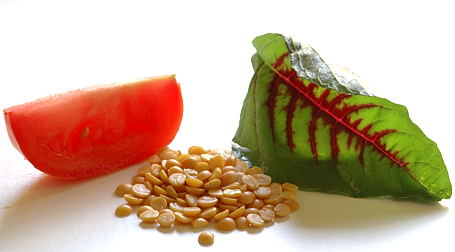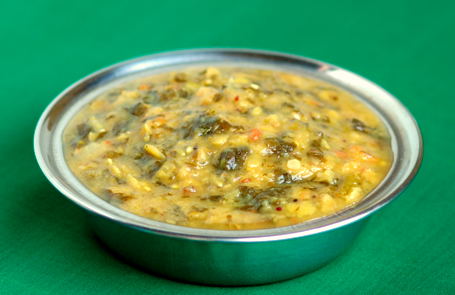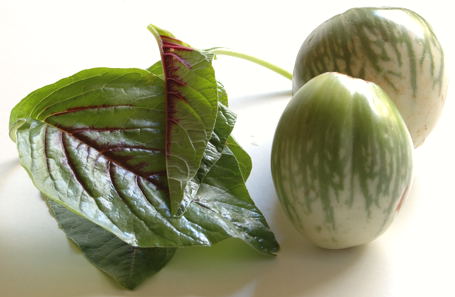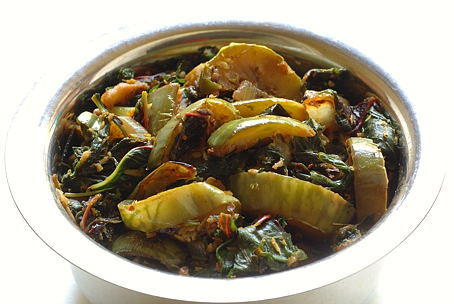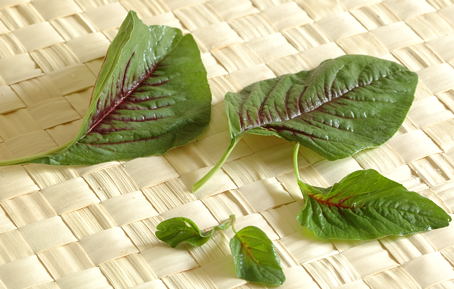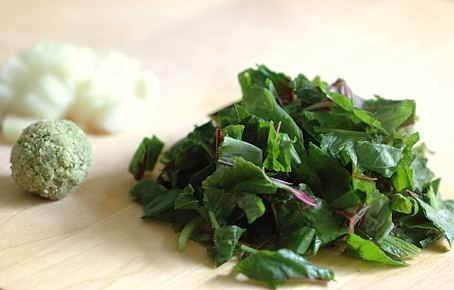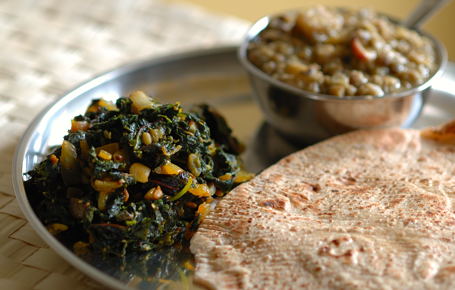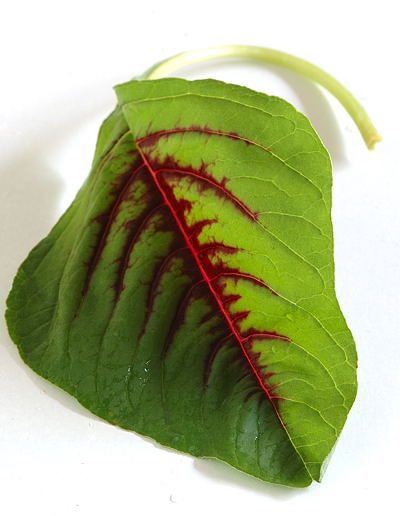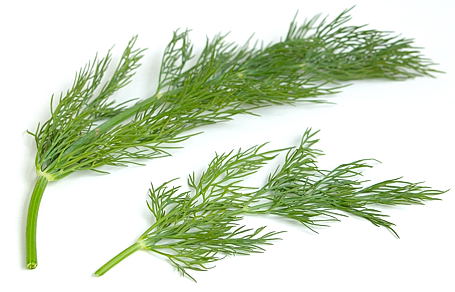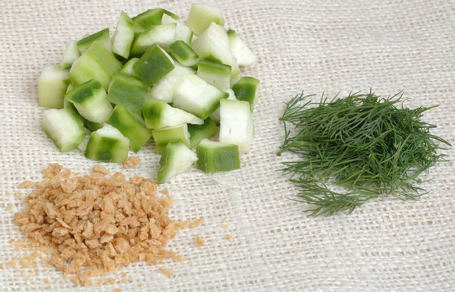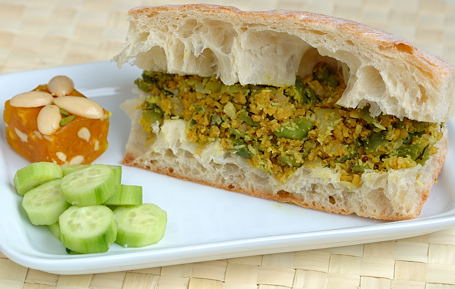Unusual and distinctive, paneer kadhi has much potential. At the beginning it may seem undefined and unclear, but at the end, it assumes clear and unmistakable identity that is fascinating and enchanting.
Dried mango powder (Amchur), ginger powder (sonti) and kasoori methi adds to the mystique, giving a deeply memorable taste to paneer kadhi.
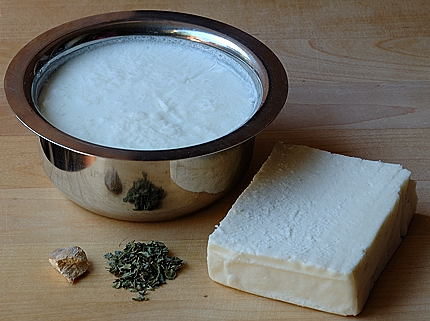
Homemade Yogurt, Dried Ginger, Kasoori Methi and Paneer
Recipe:
In a small sauce pan, heat a teaspoon of oil.
Add and saute the following ingredients in the order mentioned:
Urad dal, cumin and mustard seeds – half teaspoon each
Green chillies, slit in the middle – 4
Finely chopped onions and fresh green peas – half cup each
Dried mango (amchur), ginger(sonti) & kasoori methi– half tsp each
Turmeric, sugar and salt to taste or quarter teaspoon each
Small, bite-sized paneer cubes, about 12 to 15
At the end, add about two cups of fresh homemade yogurt. Whisk the yogurt, thoroughly mixing with sautéed spices. Garnish with finely chopped coriander leaves and serve warm with chapatis or rice for a delightful meal.
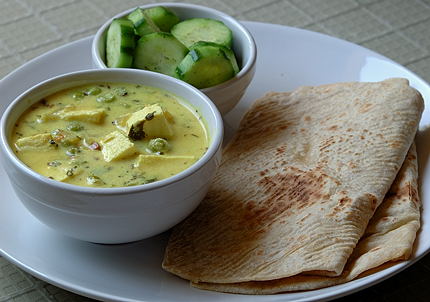
Paneer Kadhi with Chapatis and Pickled Cucumber ~ Our Meal Today
Thank you Musical for suggesting Paneer Kadhi name to this recipe.
Recipe Adapted from Annita’s “My Pleasure and My Treasure”
Yogurt is prepared with 2% milk (so, the thin watery like consistency on whisking).
What brought on this paneer craving, you might ask?
Party at a restaurant. A platter of most delectable paneer pakoras. Slim pickings, thus born a paneer state of mind.
